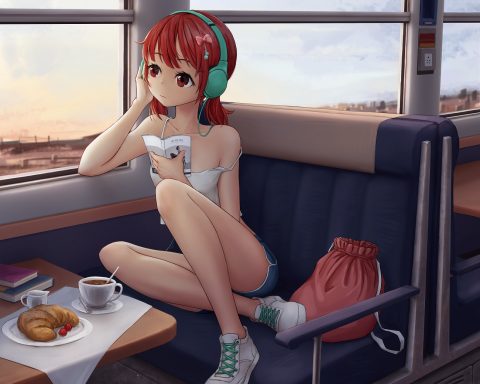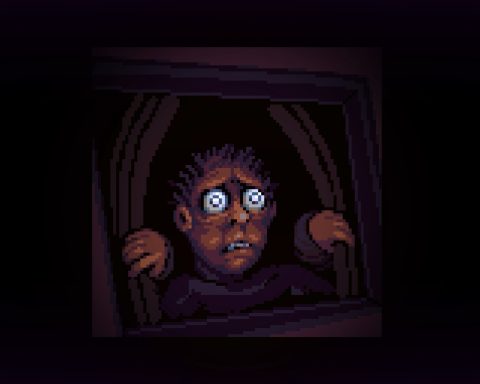Puzzle & Dragons offers an excellent gameplay system that has never really been given the opportunity to fly that it deserves. There was the absolutely exceptional RPG and Mario Bros. spinoff that was released on the 3DS, but other than there have been few efforts to build it beyond the mobile game, with mobile production values and the ability to wreck lives with the money that you can spend in gatcha. I don’t begrudge Puzzle & Dragons behaving like a mobile game on mobile. I just think it’s regrettable that the developers haven’t done more with the exceptional potential of the thing.
Puzzle & Dragons: Nintendo Switch Edition is just the Puzzle & Dragons you’d play on your phone. There’s actually some value to that here in Australia because for whatever reason Puzzle & Dragons was never released on phones here (yep, really), so this now becomes the best (and only) way to play it. Other than that, however, there’s very little to this package, and what works on mobile doesn’t necessarily work when dropped on Switch.
The lack of a story mode and RPG mechanics is disappointing, becausae we’ve all seen how well that stuff worked with the Mario Bros. 3DS spinoff. Without that, all you’re doing is fighting endless battles using teams of characters that won’t mean much to you, because they’re never given a chance to shine. The visual design of these characters is nice enough, but because this is the mobile game, they’re also tiny and, again, have no personality.
To make matters worse, there’s a dearth of things to do in the game. The 3DS RPG spinoff had its narrative and, simple as that was, gave you downtime and a laugh between “dungeons” (really just sequences of battles). Here, there are three modes, all of which are efficient, in that you go straight from the menu into the mode, but offer no breather to properly pace the experience. In single-player you can run through dungeons of sequential battles. You can also create and download other player’s “dungeons”, but again, it’s really just a sequence of battles. And then there’s the multiplayer, where eight of you will compete to clear a dungeon in as quick time as possible.
There is a lot of room to get very good at Puzzle & Dragons. I like to think of myself as being pretty handy around a puzzle game, and I’ve certainly had plenty of experience in Puzzle & Dragons thanks to my time with the 3DS one, but here, against veterans that have probably been playing steadily for the past decade, I struggle. My best result so far has been a scrappy third, but in most cases I’m well down the bottom of the leaderboard. As morale-crushing as the multiplayer can be, it is the long-term value of Puzzle & Dragons. Just be aware that it is an intensely competitive and hardcore community at this point, and it’s going to take a lot of practice before you’ll start to feel like you can hold your own.
Oh, and the microtransactions are there. Puzzle & Dragons is famous for a microtransactions system that ruins lives, and I have no idea if it’s the same deal with this edition, as I am not going to spend a cent on the gatcha to find out what those microtransactions do and whether they’re necessary to make progress/be competitive in multiplayer. I will say that it’s pretty lousy that the game has an up-front cost (modest as it may be) if the developers were going to subsequently charge you like you’ve just downloaded a free-to-play thing.
The great pity with all of this is that Puzzle & Dragons does play beautifully. For those that haven’t played it, it’s a match-3 deal, but rather than move a single icon on the grid at a time, you can actually tap and hold on to that icon and then drag it around the playfield to move as many other icons as you like. It’s only once you release your icon that the matches start to disappear, and once you get good at Puzzle & Dragons you’ll find yourself setting up all kinds of elaborate combinations. It’s such a simple thing to learn, but to master you need twitch-like thinking and reaction, and improving feels like a rewarding journey, up there with the likes of Tetris and Puyo Puyo.
On the Switch there is the option to play both with touch screen and buttons, but button play is so slow that it’s only going to be applicable to single player, where there isn’t the same time pressures or the need to compete against people that are most assuredly using the more responsive touch screen.
Puzzle & Dragons on console could be and should be so much more than this. The base game – the puzzling action itself – is so good, and we’ve already seen the proof that it works in a more expanded, ambitious project. Dumping the mobile game on Nintendo Switch, meanwhile, seems odd and pointless. I can’t even play the mobile game here in Australia and I was still left wondering why anyone would think something this shallow and featureless would work on console.









